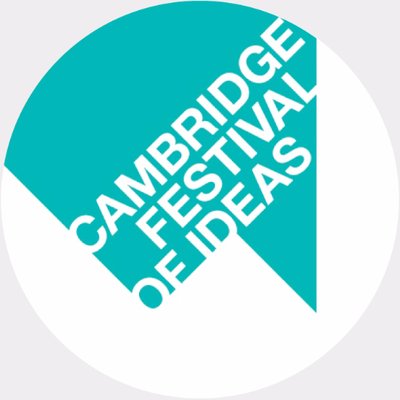Cambridge Festival of Ideas Photogrammetry workshop

17 October 2018
View the Project on GitHub UniversityofCambridgeMuseums/festivalOfIdeas
This project is maintained by UniversityofCambridgeMuseums
What is photogrammetry?
Author: Daniel Pett ~ Published: 16 October 2018 ~ Updated: 22 October 2018
You’re here because you want to learn about making 3D models and today we are using the very simple technique of photogrammetry.
Wikipedia defines photogrammetry as:
the science of making measurements from photographs, especially for recovering the exact positions of surface points. Photogrammetry is as old as modern photography, dating to the mid-19th century and in the simplest example, the distance between two points that lie on a plane parallel to the photographic image plane, can be determined by measuring their distance on the image, if the scale (s) of the image is known.
In this process, we use computer software to align multiple overlapping photographs together to reconstruct 3 dimensional measurements. This process is not new, as mentioned above, and has rapidly risen to become an industry standard. The barrier for entry to using this method is far lower than that of structured light and other hugh end scanning systems. We do not want to widen the digital divide!
In this short tutorial, we are going to use a very popular technique called ‘Structure from Motion’ or SfM. This technique is brilliant for archaeologists and cultural heritage as it is non invasive and requires very little equipment. All of my models that I have ever produced are by this method.
So what can you create
I first came across SfM whilst working on the MicroPasts crowdsourcing project, where we harnessed the power of the crowd to remove backgrounds from photographs to enable more rapid creation of 3D models. We are going to skip the background removal today, as hopefully your photographs will allow you to create a model with little difficulty. The 3D models below all came out of crowdsourcing and give you an idea of what you could do.
Next step: What equipment do I need?